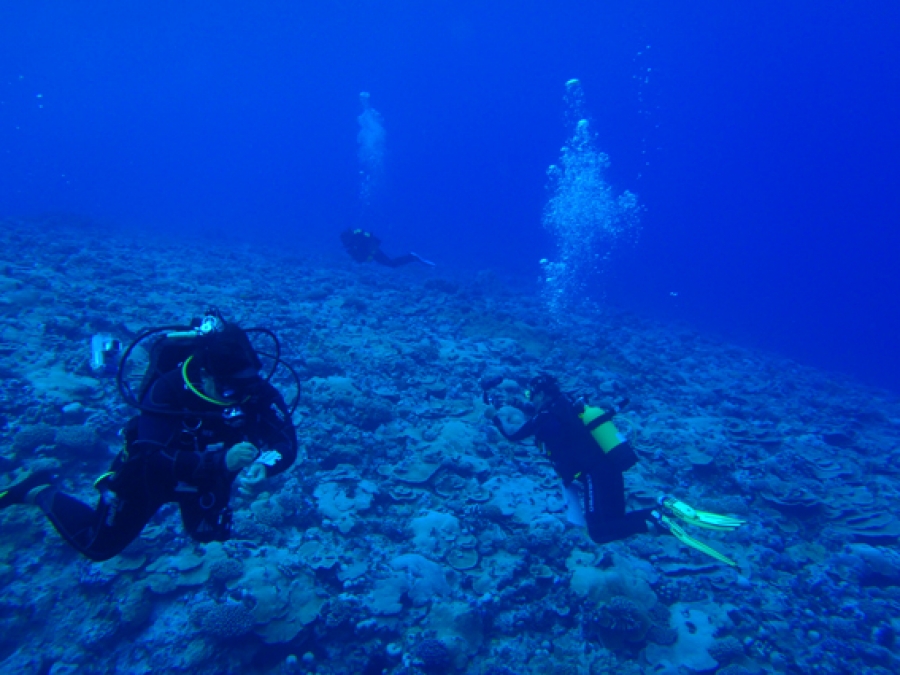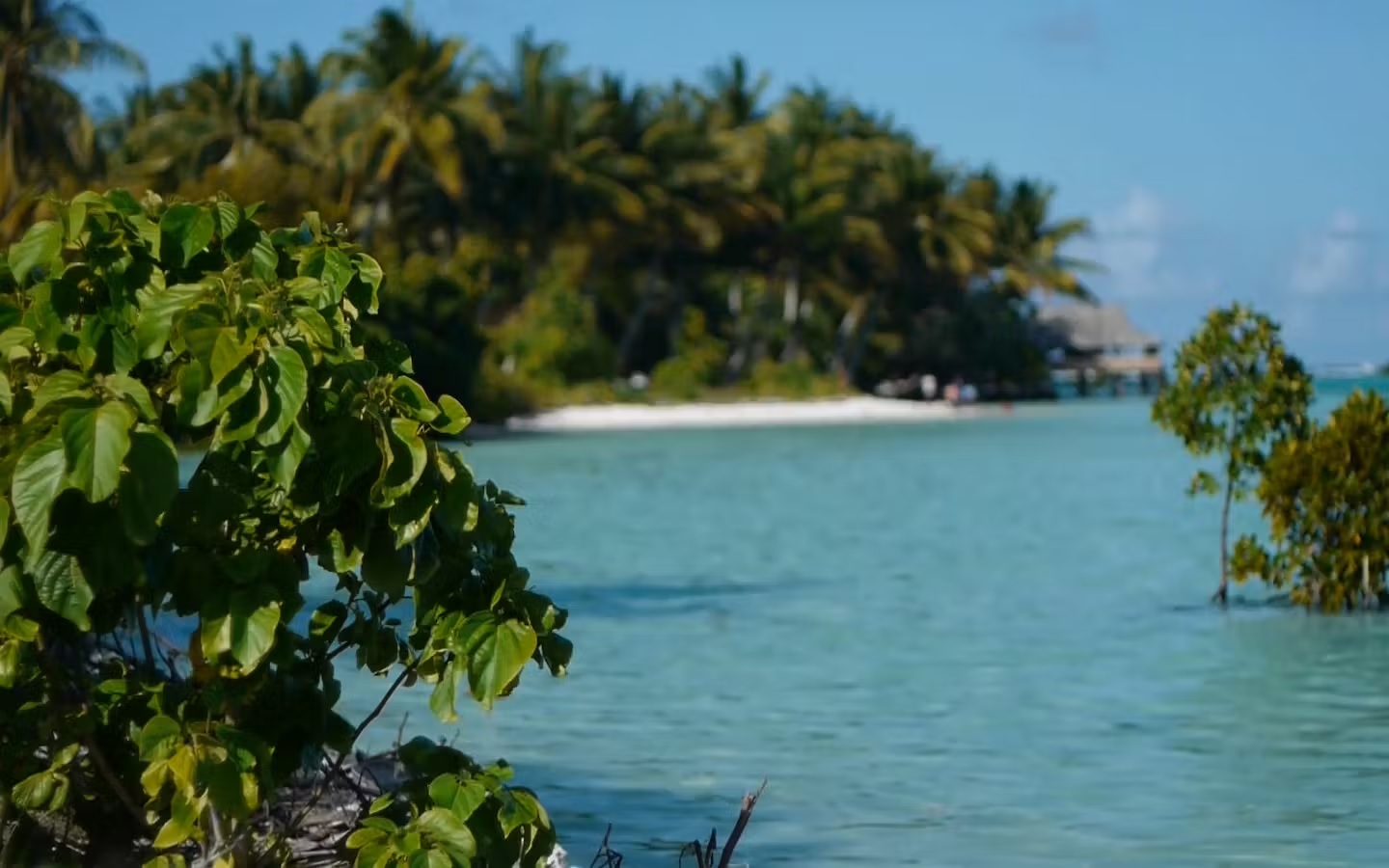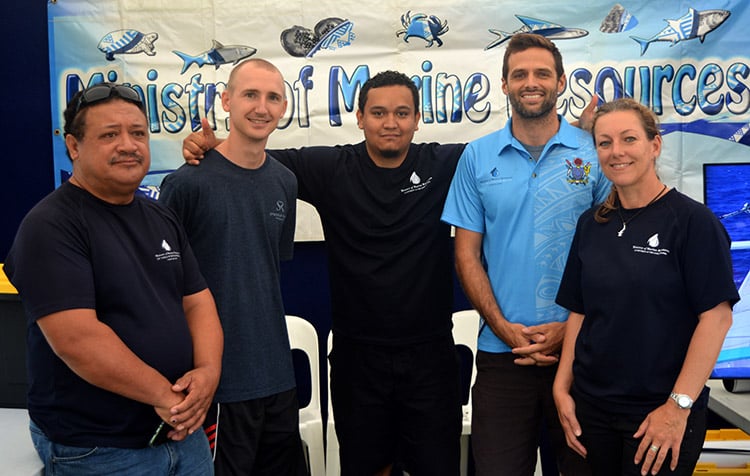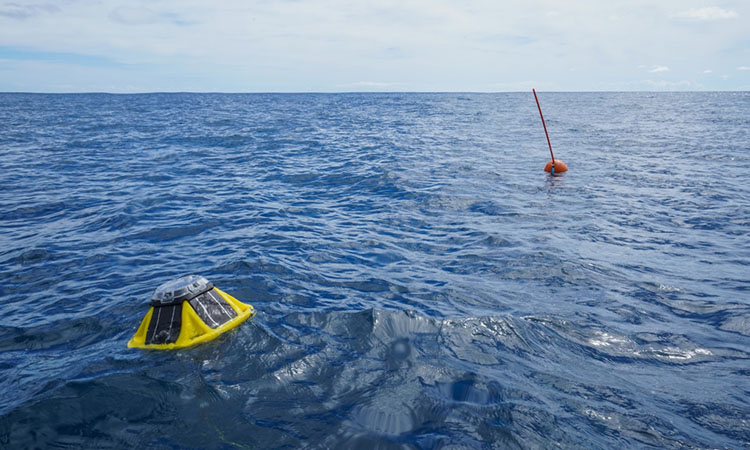The Khaled bin Sultan Living Oceans Foundation statement said the new models are a first step in being able to produce maps of global coral reef resilience.
Data collected from coral reefs in the Cook Islands have been used in a new model to help save reef ecosystems around the planet.
The models used existing data from the Cook Islands and six other South Pacific nations.
Data was collected during the Living Oceans Foundation’s Global Reef Expedition, where scientists travelled the globe for 10 years surveying some of the most remote reefs on the planet.
During the 10-years over 1000 reefs in 16 countries were researched. Coral reef research was conducted in the Cook Islands in April and May of 2013.
The research took place in Rarotonga, Palmerston and Aitutaki, where scientists visited 30 different reef sites. Scientists from the foundation worked alongside the Ministry of Marine Resources, members of the Cook Islands Marine Park Steering Committee, and Te Ipukarea Society.
Over 400 square kilometres of detailed marine habitat and bathymetric maps were created as part of the Cook Islands trip. Over 400 surveys of coral and reef fish communities were also recorded as part of the trip.
As well as the Cook Islands, data was pooled from Palau, Solomon Islands, New Caledonia, Fiji, Tonga and French Polynesia for the new models.
A statement from the Khaled bin Sultan Living Oceans Foundation, said the new models are a first step in being able to produce maps of global coral reef resilience. It said the maps would provide marine managers with critical information on where to focus their limited time and resources to protect coral reefs.
Anna Bakker, the lead author of the models said, “the sheer amount of benthic and fish observations collected in the field from around the world enabled us to take a holistic look at indicators of coral reef health.”
She found that there were only a few major factors that drove variations in the health of the coral reef community. Fish biomass was primarily driven by biophysical drivers such as water temperature. In contrast, the algal cover was driven mainly by anthropogenic factors, with significantly less macroalgae in places with more terrestrial and marine protected areas, the statement said.
Alexandra Dempsey, a scientist who conducted the initial research said when she and the team embarked on the Global Reef Expedition in 2006, she had no idea the data could be used in this way.
“The Global Reef Expedition mission gave us the chance to study some of the most remote and pristine coral reefs in the world.
“Now, it is providing the conservation community with the information we need to identify the reefs that can be saved before it is too late to save them. Let’s not waste this opportunity.”
This story was produced by Caleb Fotheringham, published at Cook Islands News on 3 August 2021, reposted via PACNEWS.
Banner: A Marae Moana research team pictured during their survey of a Mitiaro coral reef in 2013. Photo: Cook Islands News




